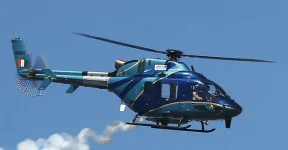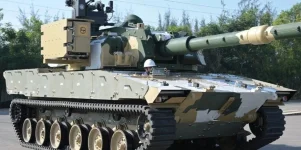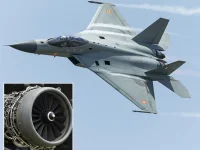- Views: 2K
- Replies: 6
The Indian Army is set to begin phasing out its long-serving Bofors FH77 field howitzers starting around 2030, marking a significant step in its ongoing artillery modernization program.
These iconic Swedish-origin guns, first introduced in the early 1980s, will be gradually replaced by newer, indigenous systems offering enhanced capabilities, primarily the Dhanush and the Advanced Towed Artillery Gun System (ATAGS).
Currently, around 200 of the original Bofors 155mm/39 calibre guns remain operational out of an initial order exceeding 400 units.
While the FH77 guns famously proved their effectiveness during the 1999 Kargil conflict, especially in high-altitude operations, the fleet faces challenges after four decades of service.
Difficulties in sourcing spare parts, age-related wear, and breakdowns have reduced the operational numbers, necessitating their replacement with modern technology.
The move aligns with the Army's push for greater firepower and range, reflecting advancements in global artillery technology. The retirement plan will pave the way for the full integration of two domestically developed 155mm systems.
The transition is already underway with the induction of the Dhanush gun. Developed by the Ordnance Factory Board (OFB) – now part of Advanced Weapons and Equipment India Ltd (AWEIL) – the 155mm/45 calibre Dhanush improves upon the original Bofors design, offering increased range, precision, and dependability. Often considered the direct successor to the Bofors, the Army is actively incorporating these guns into its regiments.
Looking towards future requirements, the Army is also preparing for the large-scale induction of the Advanced Towed Artillery Gun System (ATAGS). This 155mm/52 calibre weapon, developed by the Defence Research and Development Organisation (DRDO) in partnership with private firms like Tata Advanced Systems and Bharat Forge, represents a leap in capability.
The ATAGS features advanced automation and has achieved impressive ranges exceeding 48 kilometres during trials, positioning it among the most powerful towed guns globally. The Army has plans to acquire roughly 1,500 ATAGS units, significantly boosting its long-range artillery strength and supporting the national goal of self-reliance ('Atmanirbhar Bharat') in defence production.
The withdrawal of the Bofors FH77 will be conducted systematically based on technical assessments of each gun's condition. While the primary timeframe for retirement begins in 2030, some units might remain in service until the mid-2030s. This staggered approach is designed to ensure a smooth transition and maintain the Army's artillery readiness as the Dhanush and ATAGS systems become fully operational.




